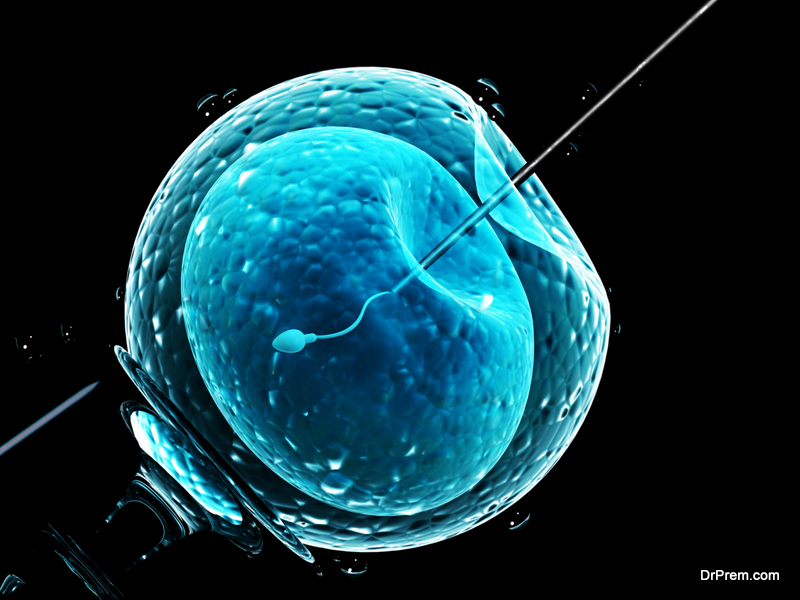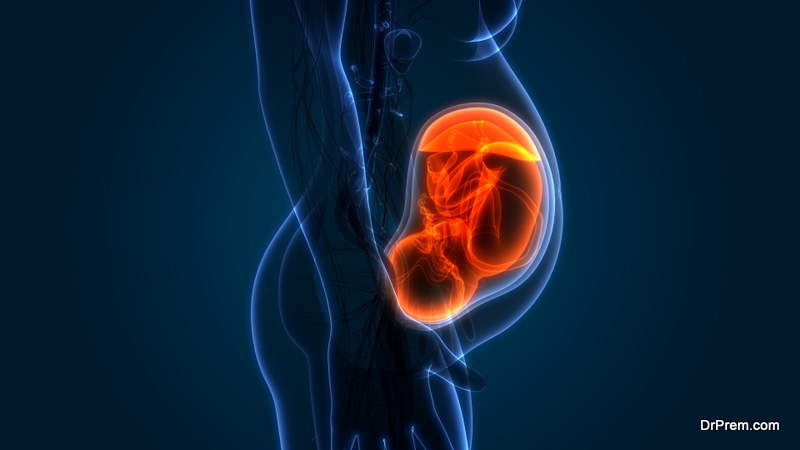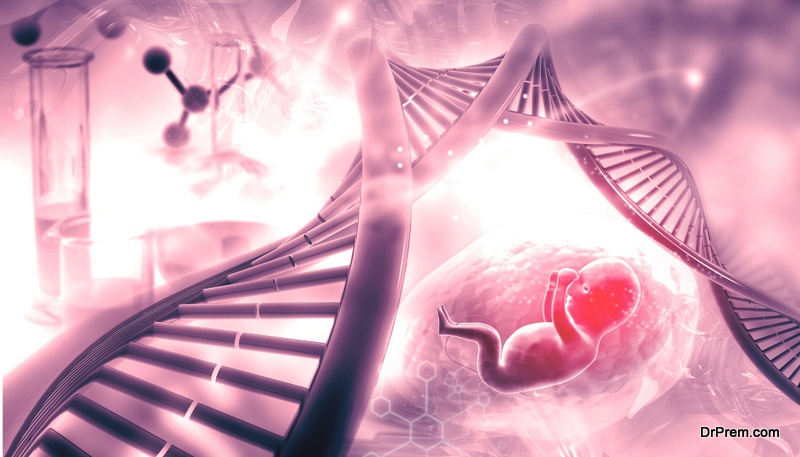Genetic analysis of NGS is innovative in genetic diagnosis. The results obtained by doctors and patients as a result of using the NGS method show a number of advantages of this type of genetic diagnosis compared to its predecessors.
What does the patient get when using the NGS method in IVF programs?
 The main goal in the treatment of patients with impaired fertility is the birth of a healthy child. Certain obstacles may arise towards this goal, some of which can be effectively overcome using the NGS method.
The main goal in the treatment of patients with impaired fertility is the birth of a healthy child. Certain obstacles may arise towards this goal, some of which can be effectively overcome using the NGS method.
The NGS method increases the effectiveness of IVF programs by more than 20%. Genetic analysis of the embryo before transferring it to the uterine cavity allows you to find and exclude embryos that carry chromosomal abnormalities from the program. The fact is that the uterus has a biosensory ability to recognize unhealthy embryos and deny them further development. That is, pregnancy does not occur. Transferring a healthy embryo significantly increases the chances of a successful implantation of the unborn baby in the uterine lining.
Genetic analysis of NGS makes it possible to transfer only one embryo into a woman’s body, unlike other IVF programs in which two or even three embryos are transferred. In the latter case, the probability of a multiple pregnancy is very high, which is associated with many very serious risks to the health of future children (in particular, the risk of having a baby with cerebral palsy during multiple pregnancy increases by 5 times).
Transferring one genetically tested embryo instead of two unexplored and no longer reduces, but increases the effectiveness of the IVF program.The NGS method shortens the time from starting an IVF program to having a baby. This is due to an increase in the effectiveness of IVF programs (the probability of pregnancy from the first attempt increases by 20%), and also due to the fact that the NGS method allows you to find and maintain healthy embryos by vitrification (quick freezing), which can be used in subsequent IVF attempts. This eliminates the transfer of a dysfunctional embryo into the uterine cavity, the implantation of which subsequently leads to miscarriages.
NGS method – in programs for diagnosing the causes of pregnancy fading
The NGS method is also used in the diagnosis of the causes of fading of pregnancy at various times. Genetic analysis of fertilization products has a very high information content and can be used in 99.9% of tests at various stages of a dead pregnancy. It should be noted that the NGS method allows the detection of small chromosomal abnormalities that are not determined during routine karyotyping.
How is NGS analysis performed?
 Material for genetic analysis of the embryo using the NGS method ((Next Generation Sequencing – the next generation sequencing) can be obtained on the fifth day of embryo development, when the cells begin to differentiate. For the study, cells are taken from the outer layer, from which the placenta will be formed in the future. That is, the risk of injury the embryo is minimized as much as possible.
Material for genetic analysis of the embryo using the NGS method ((Next Generation Sequencing – the next generation sequencing) can be obtained on the fifth day of embryo development, when the cells begin to differentiate. For the study, cells are taken from the outer layer, from which the placenta will be formed in the future. That is, the risk of injury the embryo is minimized as much as possible.
Genetic analysis takes time, so the embryo is frozen by vitrification. Its transfer can be carried out at any time after receiving a positive result, depending on the state of health of the woman and her personal wishes.
The accuracy of checking the embryo for chromosomal and monogenic diseases is 99.9%. The process is fully automated, which eliminates the human factor. You can have it at ISIDA Care or other similar healthcare organizations.
Who is shown the NGS method?
The NGS method, if desired, can be performed by all women entering the IVF program. It is amongst the many services at ISIDA Care. As we have already said, the use of this method provides a number of very valuable advantages for a future mother. However, there are certain groups of patients for whom the NGS method is strongly recommended for medical reasons.
Patients with experience of failed IVF attempts. The NGS test allows you to achieve a higher implantation rate, reduce the risk of miscarriage and increase the number of healthy children born.
Spouses who are aware of the presence in their family of a number of hereditary diseases, primarily chromosomal rearrangements and some monogenic diseases.
With the so-called age-related pregnancy – over time, the likelihood of developing chromosomal abnormalities in the child increases.
With the usual miscarriage.
Having trouble conceiving a baby? Trust the specialists at ISIDA Clinic.




